VANCOUVER, British Columbia, Canada: Owing to the potential complications associated with autografts, there is a need for synthetic bone tissue scaffolds. Researchers from the University of British Columbia (UBC) and McMaster University have developed a new implant material, a foamlike substance, for bone regeneration. The researchers are confident that the material can be used in dental implantology in the future.
The new material is made from chemically cross-linked plant cellulose nanocrystals to form a strong but lightweight aerogel that can compress or expand as needed to completely fill bone cavities.
“Most bone grafts or implants are made of hard, brittle ceramic that doesn’t always conform to the shape of the hole, and those gaps can lead to poor growth of the bone and implant failure,” said lead author Daniel Osorio, a doctoral student in chemical engineering at McMaster. “We created this cellulose nanocrystal aerogel as a more effective alternative to these synthetic materials.”
For their research, the team tested their material in two groups of rats, with the first group receiving the aerogel implants and the second group receiving none. Results showed that the group with implants experienced 33 percent more bone regeneration at the three-week mark and 50 percent more bone growth at the 12-week mark, compared with the controls.
“These findings show for the first time in a laboratory setting that a cellulose nanocrystal aerogel can support new bone growth,” said co-author Dr. Emily Cranston, an associate professor in the Department of Chemical and Biological Engineering and President’s Excellence Chair in Forest Bioproducts at UBC. Cranston is also an adjunct professor in the Department of Chemical Engineering at McMaster. She explained that the implant should break down into nontoxic components in the body as the bone starts to heal.
The innovation can potentially fill a niche in the $2 billion bone graft market in North America, said study co-author Dr. Kathryn Grandfield, who supervised the work. She is an assistant professor both in the Department of Materials Science and Engineering and at the McMaster School of Biomedical Engineering.
“We can see this aerogel being used for a number of applications, including dental implants and spinal and joint replacement surgeries,” said Grandfield. “And it will be economical, because the raw material, the nanocellulose, is already being produced in commercial quantities.”
According to the researchers, it will be some time before the aerogel makes it out of the laboratory and into the operating room. “This summer, we will study the mechanisms between the bone and implant that lead to bone growth,” said Grandfield. “We’ll also look at how the implant degrades using advanced microscopes. After that, more biological testing will be required before it is ready for clinical trials.”
The study, titled “Cross-linked cellulose nanocrystal aerogels as viable bone tissue scaffolds,” was published on March 15, 2019, in Volume 87 of Acta Biomaterialia.
POHANG/SEOUL, South Korea: Guided bone regeneration is widely used for dental implant surgeries. However, in patients with insufficient bone quantity and ...
KAWASAKI, Japan: After acquiring all ordinary shares of dental pharmaceutical product manufacturer Showa Yakuhin Kako in autumn last year, GC has now ...
TEHRAN, Iran: In order to reduce the medical radiographic imaging dosage for patients with dental implants, engineers from Shahid Beheshti University in ...
At the International Osteology Symposium, just around the corner, dental professionals will be diving into the current trends in oral regeneration. Among ...
The aim was to evaluate the three-year outcome of nonsubmerged dental implants with buccal periimplant defects treated with a guided bone regeneration ...
The use of 3D printers is rapidly gaining interest across the world. 3D printing is threatening to replace traditional subtractive CAD/CAM methods in ...
In accidents or terror attacks suspected to involve radioactive substances, it can be difficult to determine whether people nearby have been exposed to ...
Many dental professionals are already familiar with 3D printing. The technology continues to find application in the creation of custom surgical guides, ...
HONG KONG: For a long time, extracted teeth have been an essential resource for dental research, and until now, adequate replacements have not been found. ...
COLOGNE, Germany: Dentistry has evolved through many different eras. Today, it is about choice and creating an individual treatment option for each patient,...
Live webinar
Wed. 17 December 2025
6:00 am EST (New York)
Dr. Piet Haers Oral and Maxillofacial Surgeon
Live webinar
Wed. 17 December 2025
9:00 am EST (New York)
Prof. Hani Ounsi DDS PhD FICD, Dr. Amr Ghanem
Live webinar
Wed. 17 December 2025
4:00 pm EST (New York)
Dr. Melissa Vettraino Bachstein DDS
Live webinar
Thu. 18 December 2025
11:00 am EST (New York)
Live webinar
Mon. 22 December 2025
1:00 pm EST (New York)
Live webinar
Wed. 14 January 2026
12:00 pm EST (New York)
Dr. Théo Laplane, Dr. Robert Gottlander DDS
Live webinar
Fri. 16 January 2026
12:00 pm EST (New York)



 Austria / Österreich
Austria / Österreich
 Bosnia and Herzegovina / Босна и Херцеговина
Bosnia and Herzegovina / Босна и Херцеговина
 Bulgaria / България
Bulgaria / България
 Croatia / Hrvatska
Croatia / Hrvatska
 Czech Republic & Slovakia / Česká republika & Slovensko
Czech Republic & Slovakia / Česká republika & Slovensko
 France / France
France / France
 Germany / Deutschland
Germany / Deutschland
 Greece / ΕΛΛΑΔΑ
Greece / ΕΛΛΑΔΑ
 Hungary / Hungary
Hungary / Hungary
 Italy / Italia
Italy / Italia
 Netherlands / Nederland
Netherlands / Nederland
 Nordic / Nordic
Nordic / Nordic
 Poland / Polska
Poland / Polska
 Portugal / Portugal
Portugal / Portugal
 Romania & Moldova / România & Moldova
Romania & Moldova / România & Moldova
 Slovenia / Slovenija
Slovenia / Slovenija
 Serbia & Montenegro / Србија и Црна Гора
Serbia & Montenegro / Србија и Црна Гора
 Spain / España
Spain / España
 Switzerland / Schweiz
Switzerland / Schweiz
 Turkey / Türkiye
Turkey / Türkiye
 UK & Ireland / UK & Ireland
UK & Ireland / UK & Ireland
 Brazil / Brasil
Brazil / Brasil
 Canada / Canada
Canada / Canada
 Latin America / Latinoamérica
Latin America / Latinoamérica
 USA / USA
USA / USA
 China / 中国
China / 中国
 India / भारत गणराज्य
India / भारत गणराज्य
 Pakistan / Pākistān
Pakistan / Pākistān
 Vietnam / Việt Nam
Vietnam / Việt Nam
 ASEAN / ASEAN
ASEAN / ASEAN
 Israel / מְדִינַת יִשְׂרָאֵל
Israel / מְדִינַת יִשְׂרָאֵל
 Algeria, Morocco & Tunisia / الجزائر والمغرب وتونس
Algeria, Morocco & Tunisia / الجزائر والمغرب وتونس
 Middle East / Middle East
Middle East / Middle East
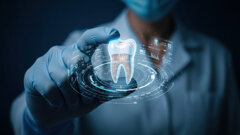


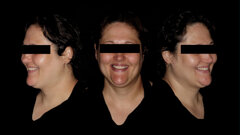




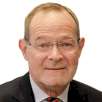












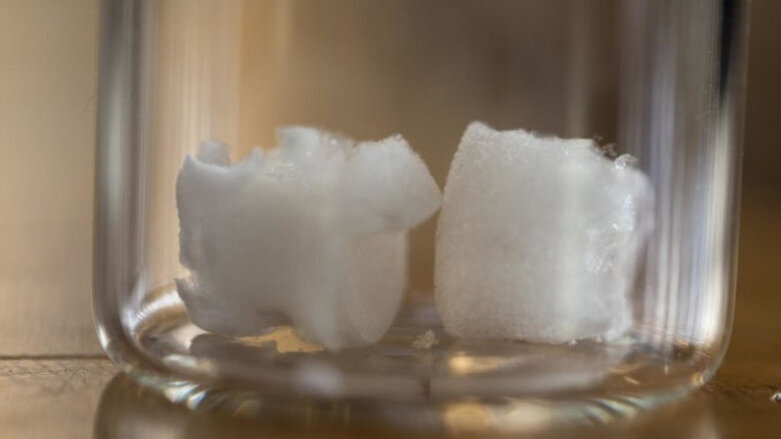



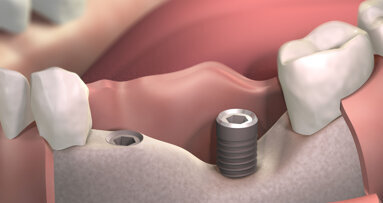

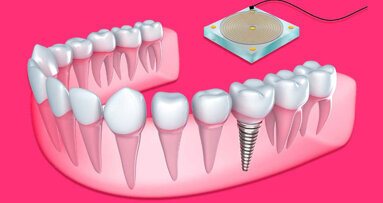

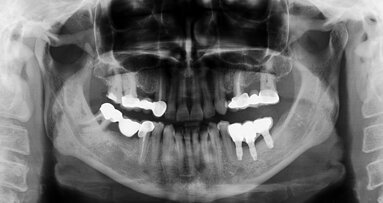
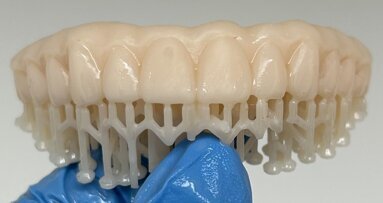
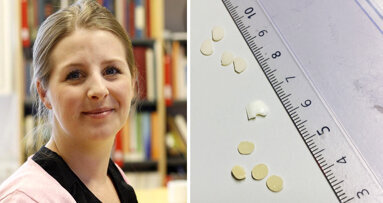
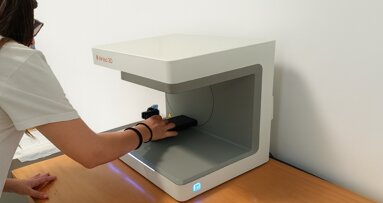
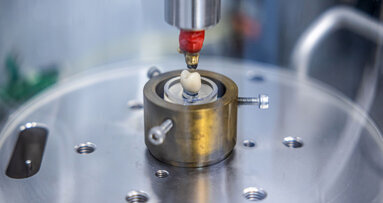
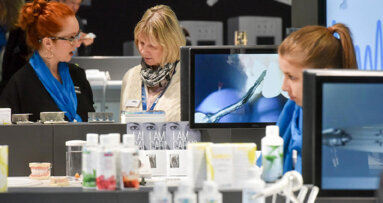









To post a reply please login or register